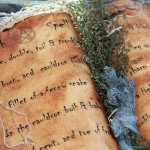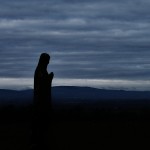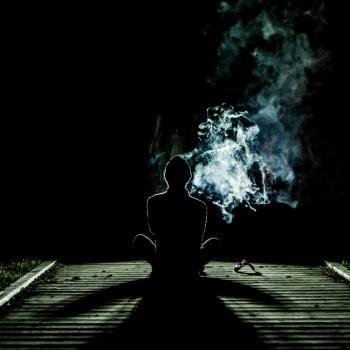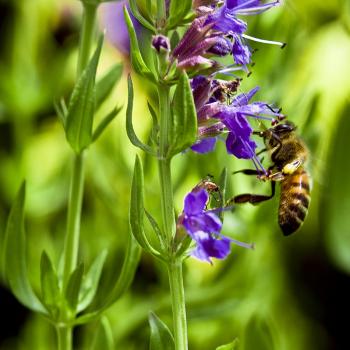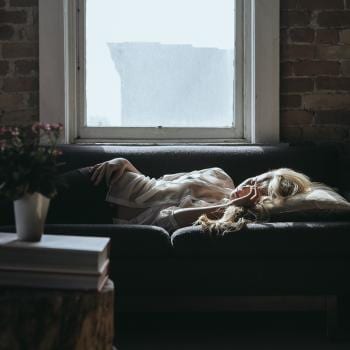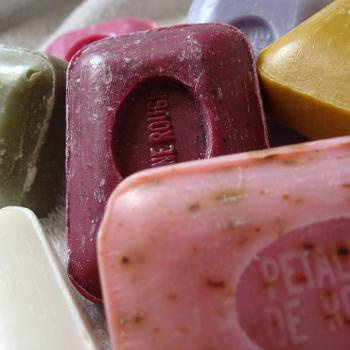One of the great joys about participating in a thriving, bustling Pagan community is doing all the stuff we do together. I’ve danced around countless maypoles with friends and beloveds. I have listened to beautiful tales of our lost ancestors and how they enriched the lives of those they encountered. There have been handfastings and cronings and potlucks and business meetings and public rituals. The list of gatherings I’ve personally attended in the last decade could likely fill a book. The majority of attendees were adults or adolescents. But pagans have children too, right?
John Becket recently wrote a piece called “Welcoming Children In Pagan Circles” and I chuckled when I read it. The article talks about the “dilemma of children” and the challenges of attracting parents with young(er) children to even attend pagan events and then figuring out what to do with the children when they do actually show up. It sounds like the Pagans in Denton are having a conversation that I bet many folks in community have had over the years. I know that the local Reclaiming community I’m part of has asked these questions.
The Wisdom of Elena
A slight departure before I get back to the Dilemma of Children – Several years ago I was at a pagan conference attending a panel discussion on inclusion. The panelists were eloquently describing their experiences as Peoples of Colour and, in some cases, LGBTQ POC, at most Pagan events. The consensus of the panel, as I recall, basically noted that paganism is a pretty vanilla affair. Questions and comments from the audience were encouraged and more than one person said something like “We welcome everyone into our circle – black, white, yellow, purple, anyone”
Author’s note: Just don’t say that ever, trust me on this one.
And then Elena spoke and the veil was lifted from my eyes about what inclusion is and isn’t. Elena said “Look at who attends your gatherings. Look at who does not show up for your events. It is not an accident or a coincidence that certain folk are not there.”
Author’s note. Go back and read that last little bit again. Maybe a few times before moving on.
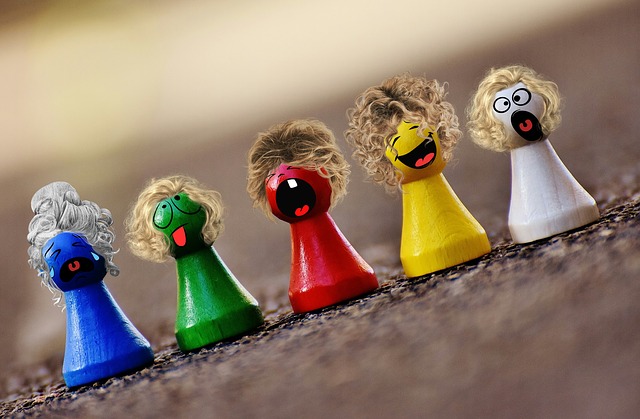
The Dilemma of Children
There is no dilemma of children. I was one once. So were you. If you are in community there will be children. Maybe not your children but someone’s kids or grand kids, or a visiting niece from Deluth, or a curious 6th grader who is writing a school paper on “real witches”, will at some point show up at your event. John is correct to point out that not all content is appropriate for kids, but where many communities get stuck, is thinking that rituals need to be kid friendly or watered down or that if kids show up, the magic won’t be as potent.
Most of the questions and comments in John’s really good article are well intentioned and totally valid. But the real dilemma is actually with the adults. The underlying question is often “how will kids at this ritual impact my ritual experience?” Here’s a thing. Notice who is asking the questions and voicing concerns in your community and how your community values their feedback. What do the children at your rituals think about them? Do you know? How did the ritual move them? Do you know? What engaged them? What bored them silly? In what ways can parents give feedback to the organizers?
Its All About Ritual Design
The North Bay Reclaiming Community that I’ve been a part of since about 2003 has a ritual planning cell. They gather frequently and plan eight rituals a year. The group uses consensus process and encourages feedback from community in a number of ways. Over the years the RPC has looked at inclusion (and by default, exclusion) super closely. Providing chairs for folks that need to sit is a good first step, but can we design rituals that aren’t so movement focused and accentuate certain folks abilities over others? Calling queer deity is important, but having queer folks in leadership is even better. Designing rituals with multiple entry points for the ritual attendees is a great practice, and encouraging everyone to be a ritualist with investment in the ritual is 100% better.
I’m reminded of two rituals, both taught me a lot about children in ritual.
We constructed a huge well and forge in the middle of the ritual space. It was gorgeous. There were flagstones, an anvil, a flaming cauldron and a water feature that trickled into a brass pool, filled with those little floating LED candles. From the moment people entered the space, we encouraged them to interact with the central altar. It was beautiful, divine even. Serious seekers would respectfully approach Brigid’s well, pass their hands through the flame and touch one finger to their forehead in an anointing gesture. A child, maybe four or five years old, approached the well and grabbed one of the LED candles from the well. They held it aloft and showed it to, I don’t know, everyone in the room. They threw it on the floor and it rolled about ten feet. They went off chasing after it, picked it up and threw it back in the other direction. This was accompanied by a huge grin and that particular full belly laugh that only small children seem to be able to pull off.
There were audible gasps from some of the folks gathered. There were even a few “tisks” and “tuts” and whispered “who is in charge of that child? Someone should do something”. Someone did. Two or three other four year old children, deciding that one of their crew was having fun, decided to follow suite. There were candles rolling everywhere and wet hands and put out adults and concerned parents. After a few minutes, the ruckus died down. Hands were dried. Candles were ever so solemnly returned to the well and the ritual continued. It was glorious. All of it.
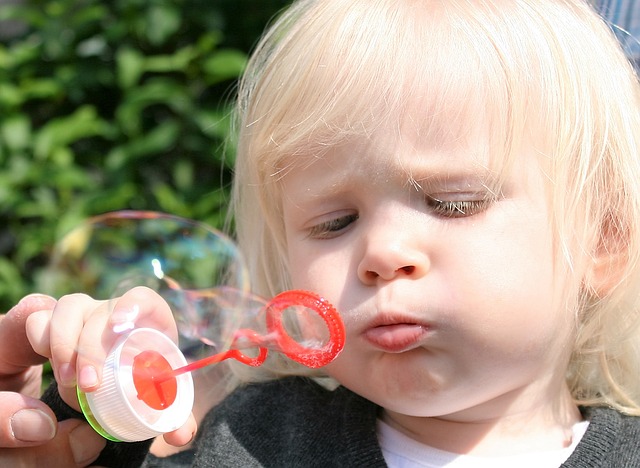
Get on your knees and play
The following Ostara, we designed the ritual for kids. Not to mollify them, but to encourage and enroll them in our plans. They had taught us a valuable lesson about playfulness and ritual. When we called in the Element of Air, a small child and their parent stepped into the circle with one of those giant bubble wands. Bubbles were everywhere. Sixty adults were giggling like, well, four year olds playing with bubbles. There was splashing of Water as an invocation and rolling around on the grass and “painting” ourselves with leaves and soil. We wore fairy wings, and searched for hidden eggs with runes drawn on them and sang nonsensical songs. I spent most of the ritual at ground level. So did a few of the other priestesses. You know what? It was awesome to play in the sun on a warm Spring day.
Since then, children frequently run through our circles. They get caught up in the story telling (we try not to sermonize or lecture, but prefer telling stories), they weave in and out of the spiral dances that often cap our rituals. There are fewer “shh’s” are more giggles nowadays. It’s not an accident or a coincidence that certain folk are there.
Boundaries and adult and Children’s play
Some final thoughts. I’m super lucky to be part of a nearly 40 year old tradition. it means that these questions have been asked for a long time before I got here! There are now a few generations of people that practice in our community and have since they could first walk. I think Reclaiming does a pretty good job of meeting the needs of our community members that have children or are kids. There is Redwood Magic Family Camp and Witchlets In The Woods. Witch camps across the globe offer “family camps” that encourage all ages participation. Teen Earth Magic grew out of a request from the teen community that wanted a space just for them. The annual Spiral Dance has children running widdershins at one point, and throughout the ritual children are part of the invocations. I think my daughter invoked Water when she was just nine at a public ritual.
There are also Reclaiming events that are for adults only. They may deal with subject matter that necessitates an over 18 crowd and clear consent to participate. I know I value sacred, ritual time without children present. In fact, I need it.
Each community will grapple with the questions of children at ritual and every community will come up with their own answers and remedies. It’s actually a really good problem to have. It means there might just be a few pagans around to take care of us in our dotage!

